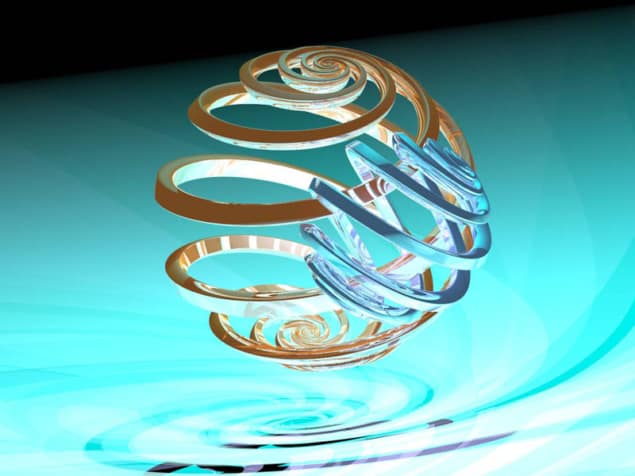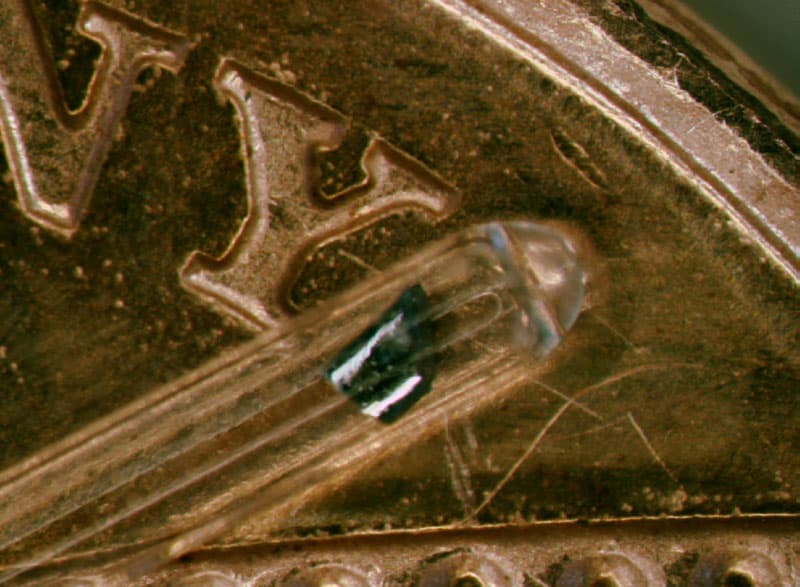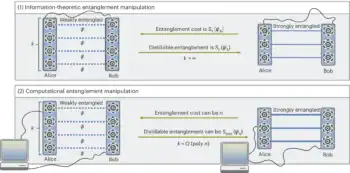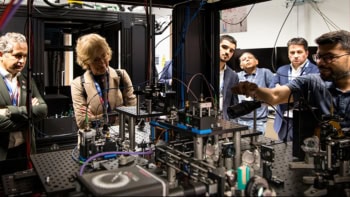
An international research group claims to have taken an essential step towards silicon-based quantum computing by entangling 10 billion identical quantum bits, or “qubits”, inside a silicon crystal. This is the first time that “ensemble entanglement” has been demonstrated in a solid-state device, they claim.
Where conventional computers store data as “bits” with value 1 or 0, in quantum computing data is stored as “qubits”, which can hold more than one value at the same time. Qubits are quantum states stored in photons or particles that can become “entangled” with other quantum states, allowing them to transfer information instantaneously regardless of their separation distance.
The upshot is that quantum computers could potentially store and process huge amounts of data at unprecedented speeds. This could enable them to tackle problems beyond the scope of even the most powerful modern computers, including simulating complicated biological processes and strange phenomena from the quantum world itself.
One promising approach to quantum computing is to dope silicon with impurities, which can donate single electrons to the silicon. In this way, quantum information can be stored in the spin state of both the electrons and the dopant nuclei and these particles can be entangled to become qubit pairs. A big advantage of this approach is that silicon is already used by the computer industry so many of the manufacturing processes are already in place.
High fidelity
Stephanie Simmons at the University of Oxford and an international team have now demonstrated the principle of this approach by producing qubits by doping a silicon crystal with phosphorous atoms. By cooling their material to 3 K and exposing it to radio and microwave pulses, Simmons and her colleagues were able to create 1010 pairs of entangled electrons and phosphorous nuclei in what they call a “spin ensemble”. They confirm the entanglement to a fidelity of 98% through the emission of microwaves from the silicon crystal.
“We are effectively creating billions of copies of the same quantum information where all spins behave in the same way,” Simmons told physicsworld.com. She says that part of the advantage of creating so many copies is to amplify the quantum information to make it easier for researchers to confirm that the particles are in fact entangled.
Jeremy O’Brien, a quantum information researcher at the University of Bristol, agrees that this is an important development. He adds that it will be important to demonstrate the same capability with a single phosphorous nuclear-electron spin system. “Individual control and readout will be essential to quantum computing, as will the ability to entangle many spin systems with one another,” he says. “You want the state of one spin system to affect the state of another to be able to really harness the power of quantum computers”.
Simmons says that her group is currently investigating ways of transporting information and that one approach is to send controlled electric pulses through the material to physically move electron qubits. She says that she is personally motivated by the possibility of quantum computing and the improved efficiency it could bring to scientific studies such as the study of protein folding – a key process is many biological interactions.
This research is published in Nature.




